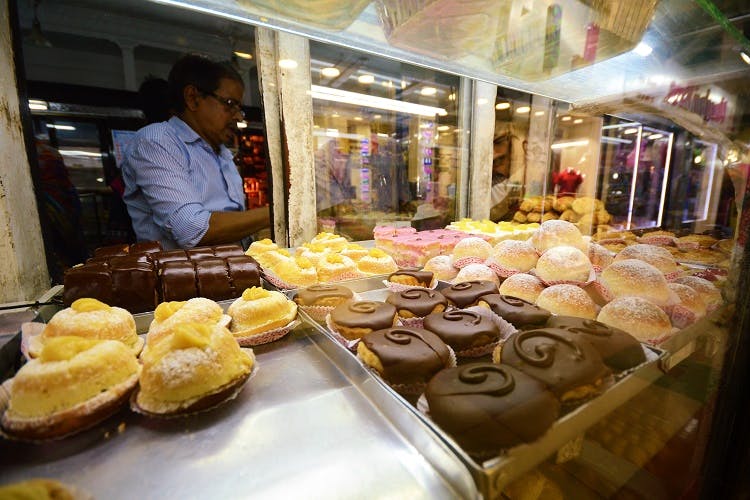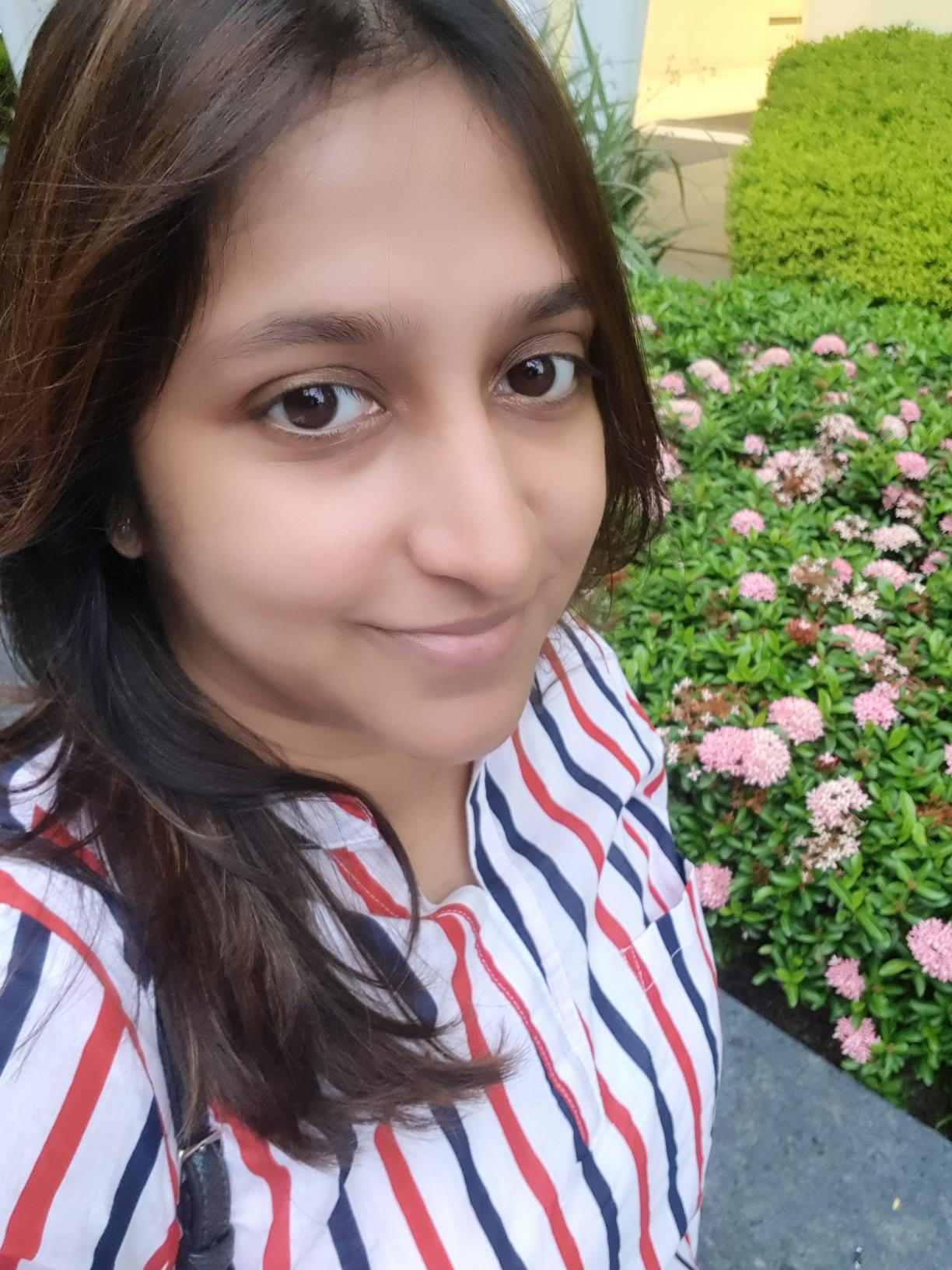These six places existed before India’s Independence and are rich in flavours as well as history and nostalgia.
These 6 Pre-Independence Eateries In Kolkata Are Synonymous With The City's Identity
Indian Coffee House
Originally called Albert Hall, the Indian Coffee House was founded in 1876. The likes of eminent personalities like Rabindranath Tagore and Netaji Subhash Chandra Bose have frequented the iconic Coffee House. This place with its humongous high-ceilinged hall has been the breeding ground of several political and cultural movements. Many literary magazines were born during adda sessions that went on forever. The Bangladesh Muktijudhyo and even the Naxalite Movement in the early 1970s had its roots in the Coffee House.
And the USP of this place still continues to be the students and intellectuals who occupy the space. Go there and you will see that Coffee House-er adda is still very much alive over their infusion (black coffee), singaras and sandwiches (priced INR 12 onwards).
Nahoum & Sons
In 1902, Nahoum Israel Mordecai started Nahoum right in front of Hoggs Market (now the flower stretch). After Hoggs Market was rebuilt over five years from 1911-1915, the shop was relocated to its present space at F-20, New Market in 1916. When the confectionery had started in 1902, it used to churn out mainly sweet somethings like chocolates, marzipan and fudge. The longest-standing item on the menu is the Rich Fruit Cake, which has a shelf life of up to three weeks in winter. For many years, the largest orders were taken for the Republic Day celebrations at Raj Bhavan. Nahoum’s supplied not only a wide range of items but also had to strictly maintain a specific time for delivery. The wooden cash box we see at the shop has been around since 1916 – that’s 101 years! The old wooden tables have been here since it opened in 1902. Goodies like fish pantras, flavoured pastries, almond rings, jam tarts and rum balls are still kept in the same, age-old teak showcases.
Paramount
Ninety nine not out, that’s what sums up Paramount’s continuing journey. A trip to College Street would be incomplete without a stop at Paramount for a glass of sharbat. Started by freedom fighter Nihar Ranjan Majumdar in 1918, Paramount used to be a facade for a revolutionary den. Revolutionaries like Netaji Subhash Chandra Bose, Pulin Behari Das and Satin Sen held secret meetings using the shop as a camouflage. Sharbat was an excuse – the real agenda was nurturing the Swadeshi movement. Apart from political leaders, Paramount has hosted Kazi Nazrul Islam, SD Burman, Satyajit Ray, Uttam Kumar, Suchitra Sen… the list of stalwarts is endless. Their famous Daab sharbat was introduced by the founder after Acharya Prafulla Chandra Roy suggested they make a drink for students. Other popular picks are Cocoa Malai, Green Mango, and the Vanilla sharbat. You can carry bottled sharbat syrups home too.
Allen Kitchen
For Kolkata’s foodies, Allen Kitchen {famous for the prawn cutlets} hardly needs an introduction. Started 130 years ago by Jeeban Krishna Saha, Allen’s kitchen got its name from a Scot, Mr Allen, but the eatery was always owned by the Saha family. Once upon a time, there used to be five outlets across the city, but that has been reduced to a single one at present – near the Sovabazar metro station. In the beginning, they even served kebabs. The main cook at Allen’s has been working here for over 50 years – which is why their famous Prawn Cutlet (and even the chops) have retained the same flavour. They have also introduced steaks to keep changing times in mind (these are very different from steaks generally available in Calcutta, but are surely worth a try). Prices begin from INR 20.
Nizam's
They are the inventors of kathi kebab rolls. Set up in 1932 by Raza Hassan Saheb, it was named Nizam after his only son. At that time, three varieties of kebabs were available – mutton, beef and khiri (cow udders). History has it that one day a customer, a British, was in a big hurry and he asked for something light and dry and minimally spicy, which he could take away quickly. That’s how Nizam’s famous roll was invented. Since the British didn’t want mutton or beef, small bits of chicken were taken from the day’s curry, bones removed and the pieces were wrapped in a paratha and served.
Later, the same technique was applied to other rolls. In 1964, chicken rolls were added and the use of iron skewers was discontinued. Bamboo sticks replaced the iron skewers adding the word kathi (“stick”) to the roll. If you visit the city, your trip would be incomplete without trying Nizam’s Kathi Roll. Now they had added a wide Mughlai menu too. And it’s easy on the pocket – their prices start from INR 30.
Flurys
Founded in 1927 by Swiss couple Mr and Mrs J Flurys who settled in Kolkata during the British rule, this was the first tea-room in the city. It used to be a favourite with Bengalis and the British alike. The age-old recipes have been retained till date to give Flurys loyalists the same old flavours. Among their signature items, the rumball remains a favourite. At present, Flurys Park Street is the second-oldest confectionery in the city.


